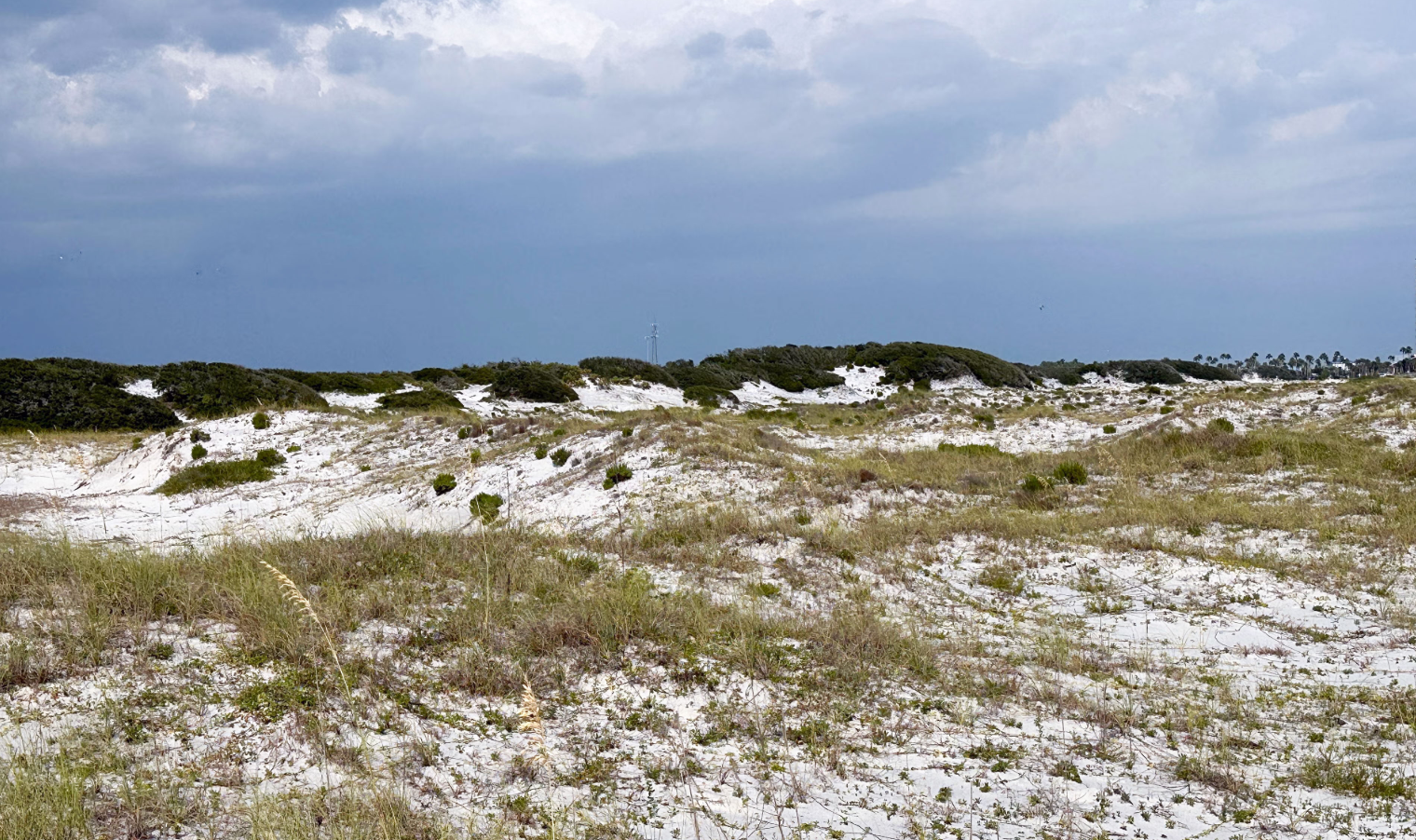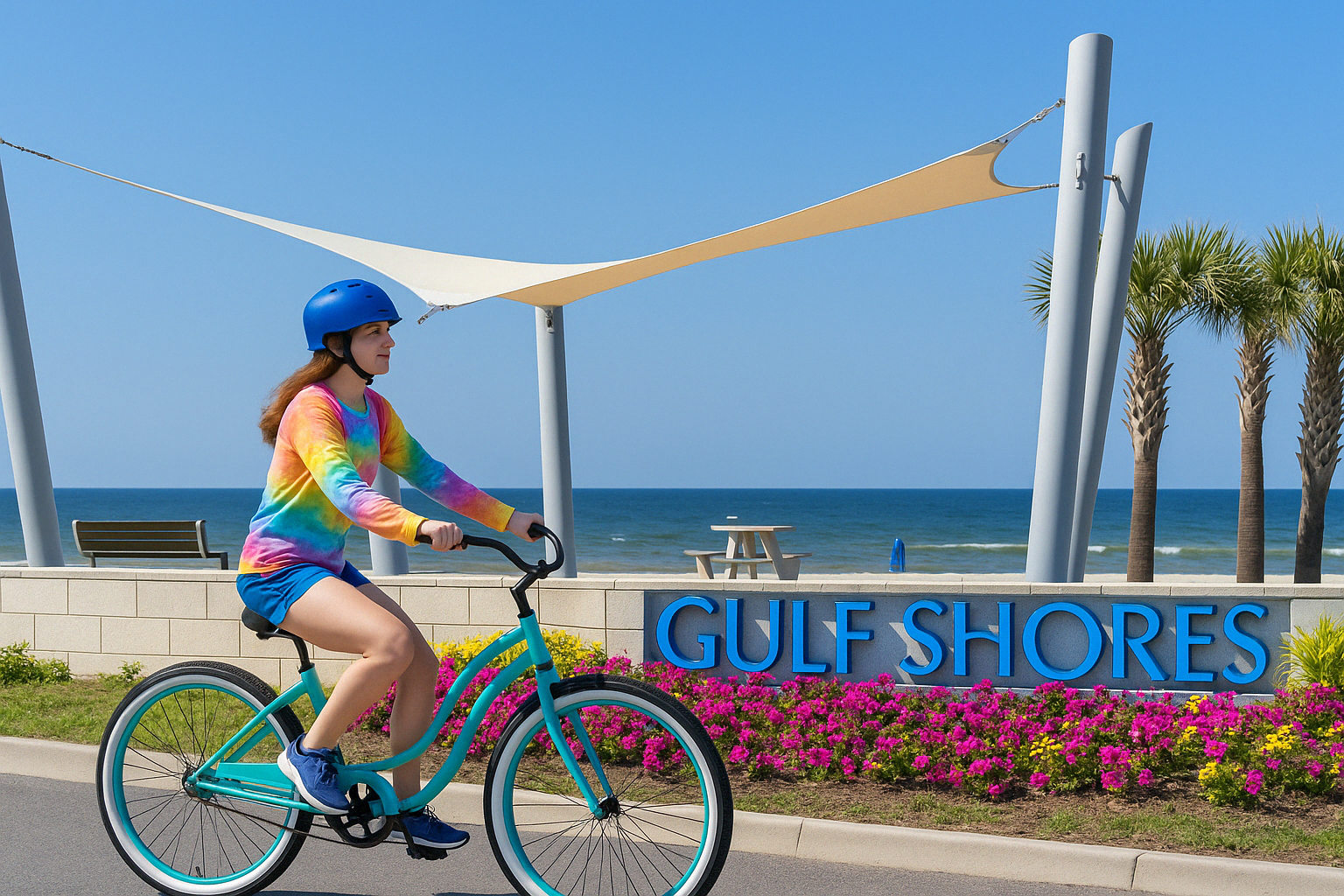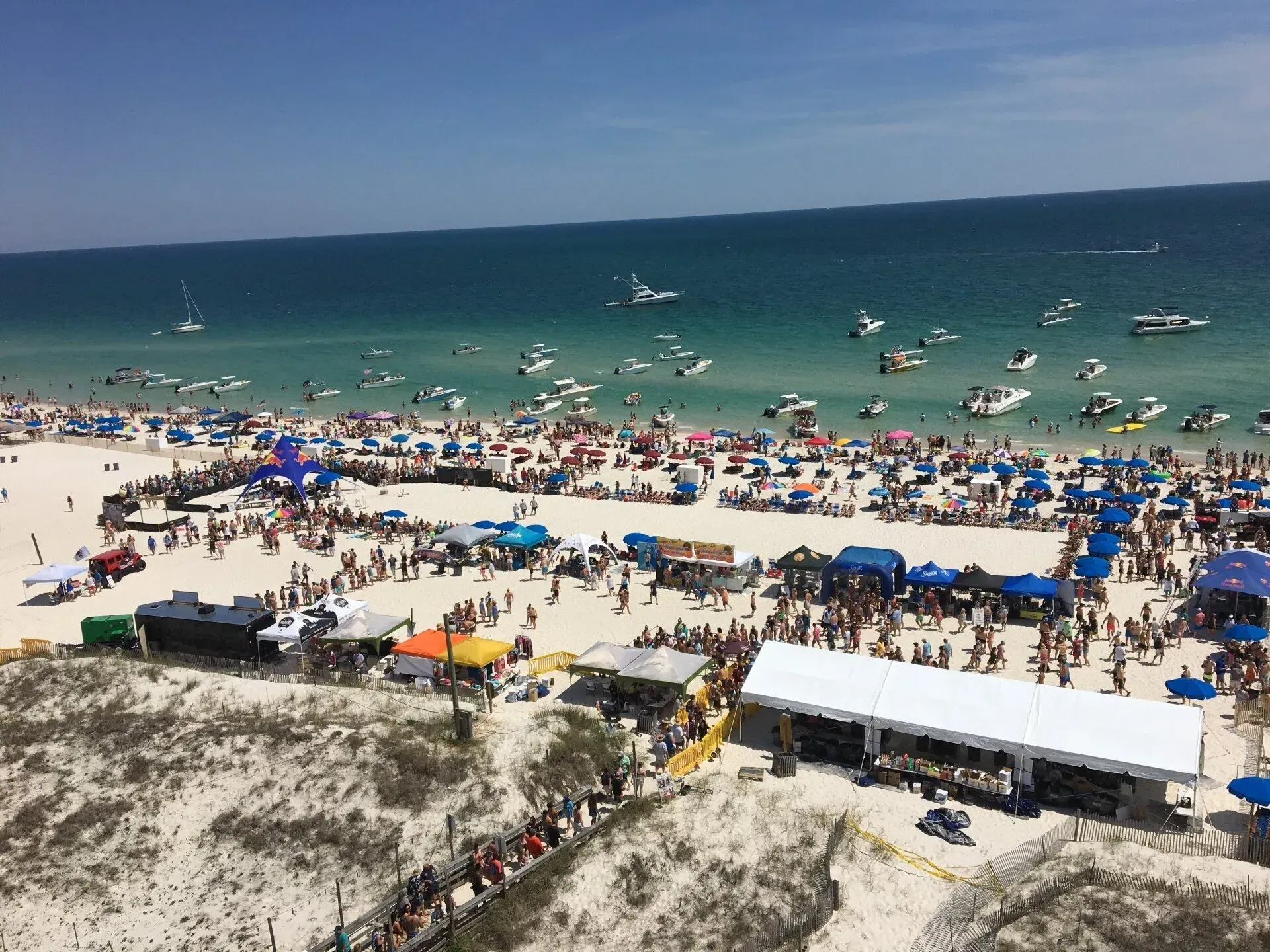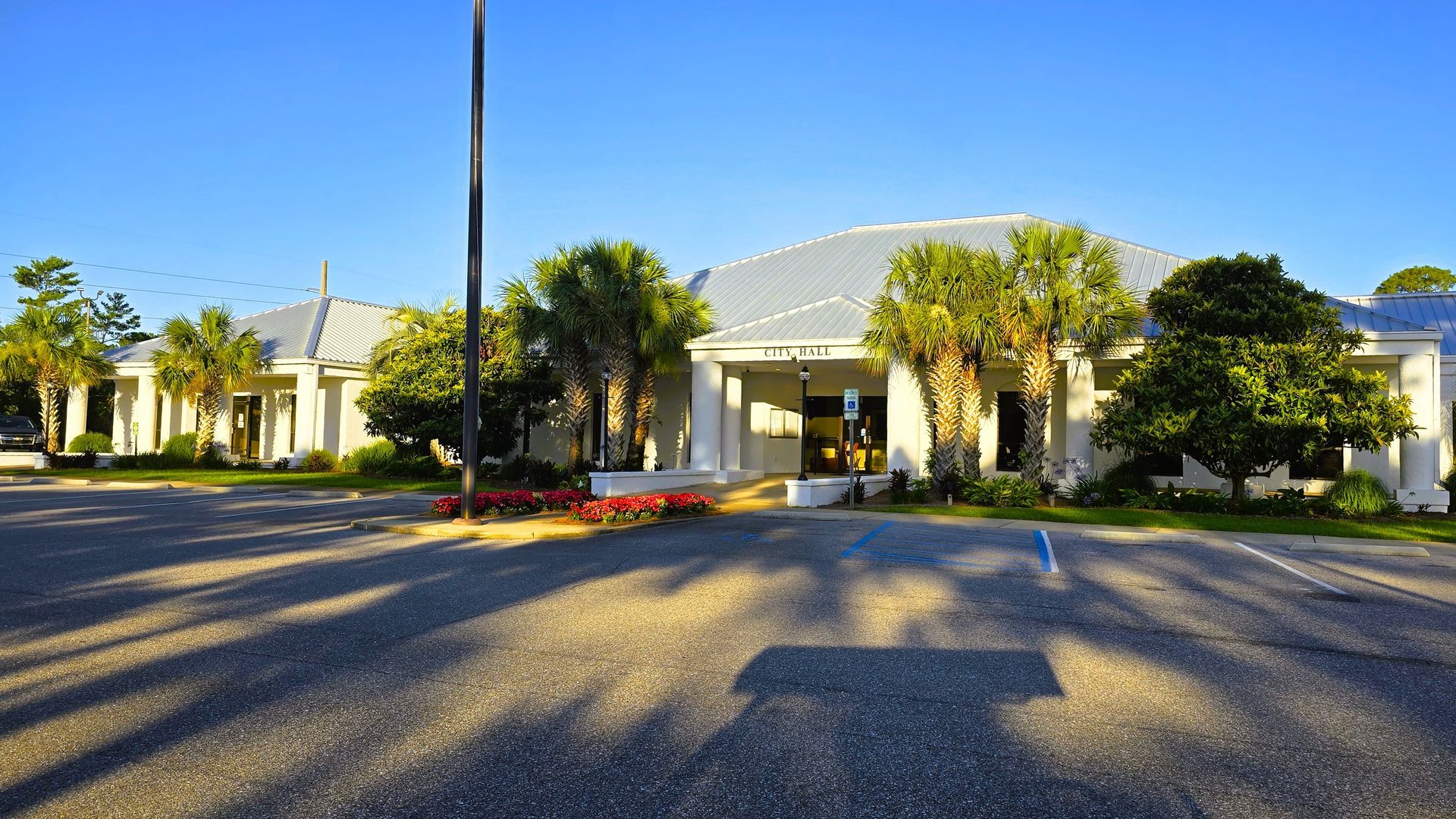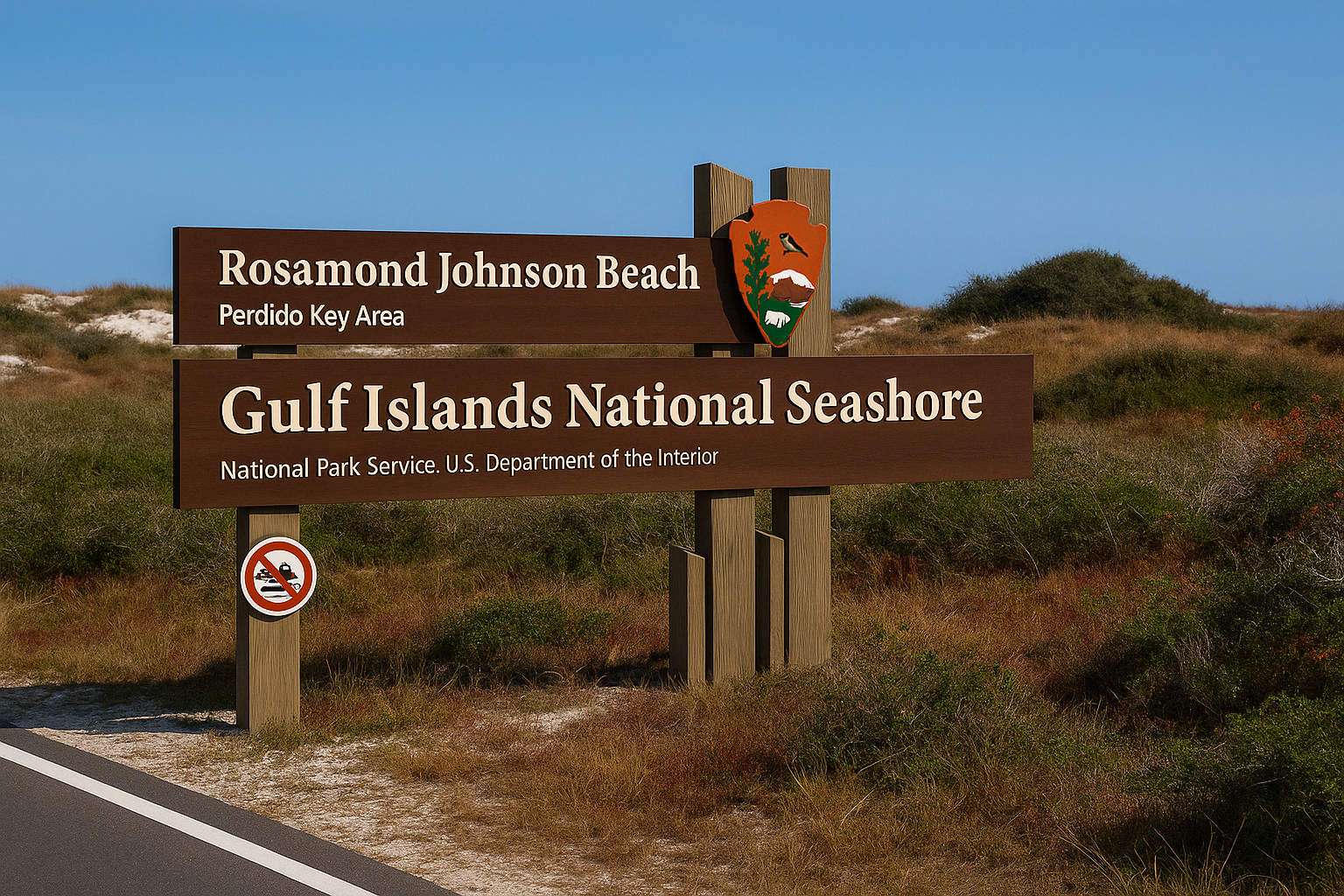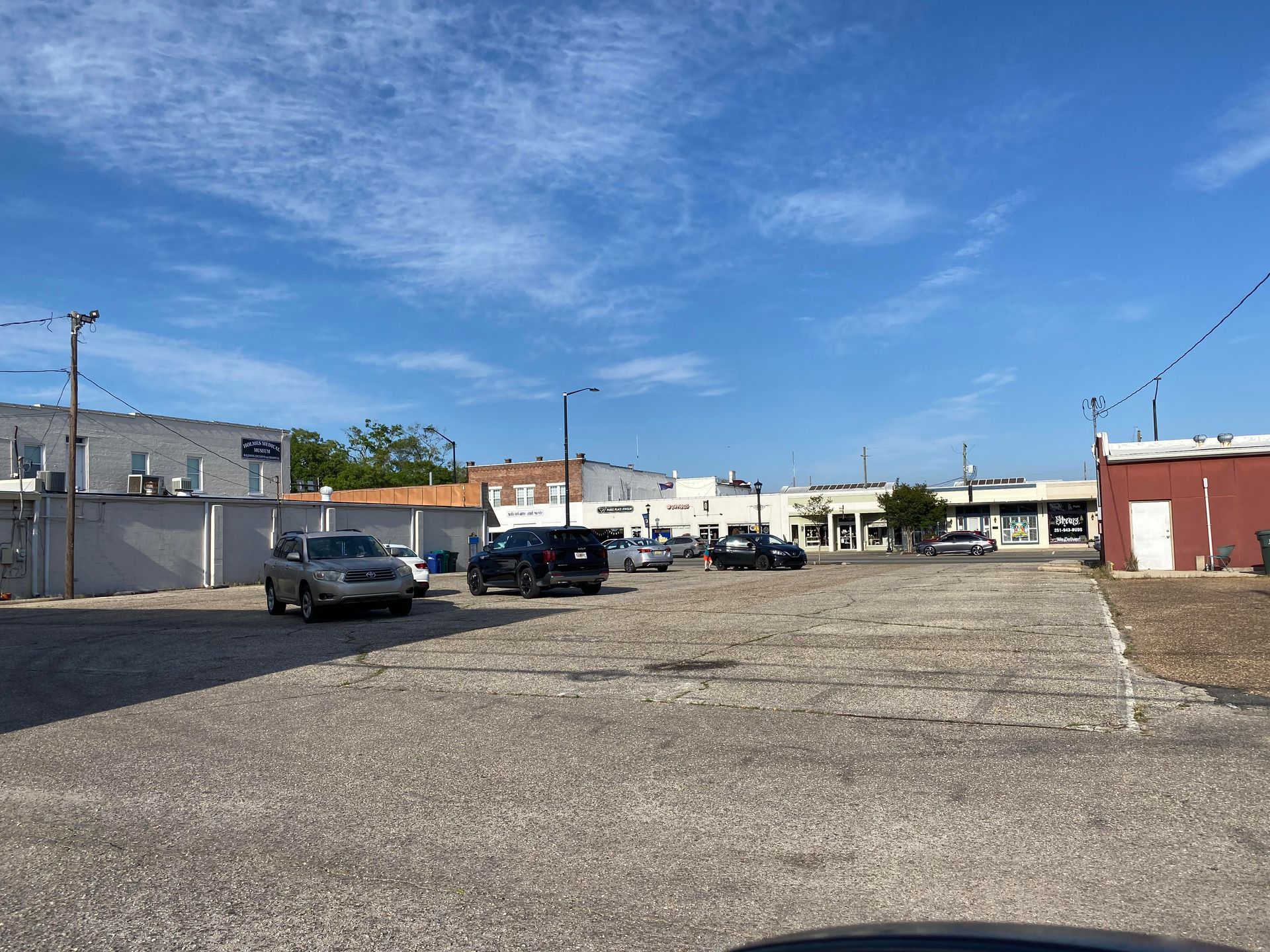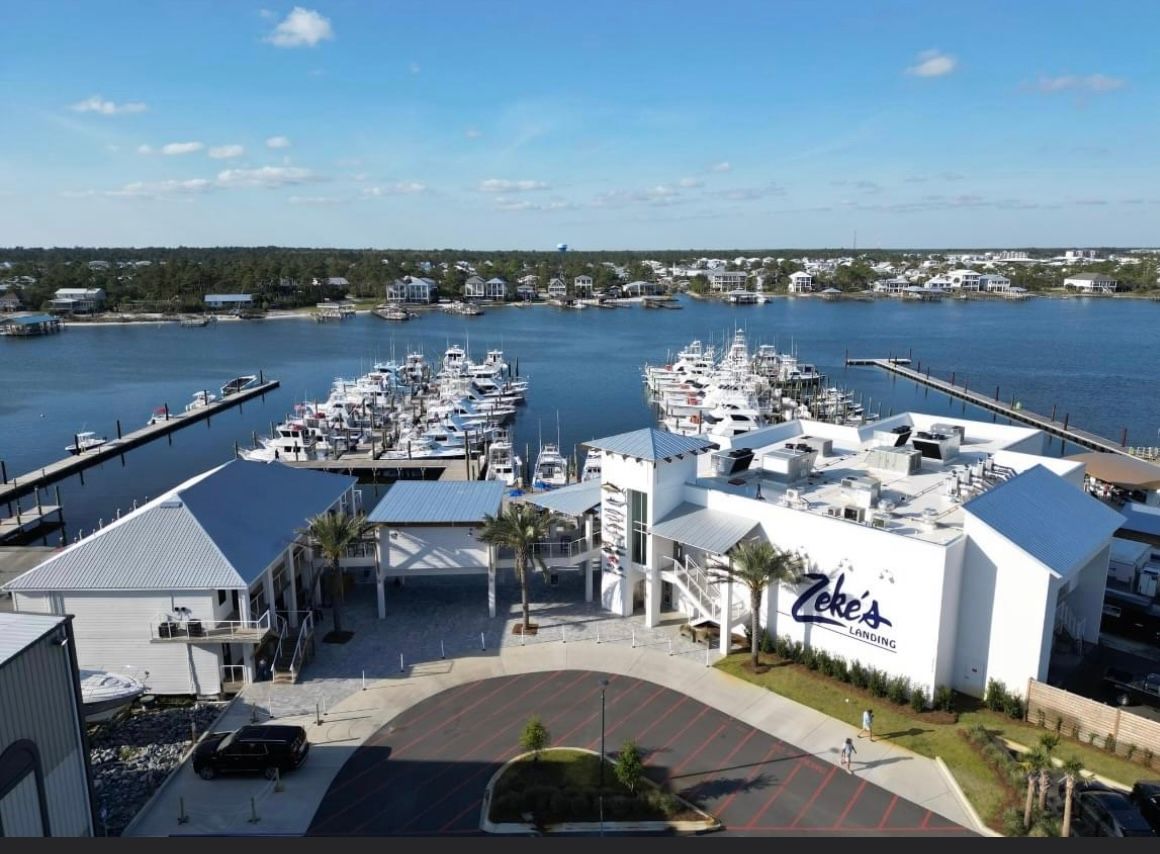ADSFR Results Show Evidence of Flounder Rebound
Alabama Deep Sea Fishing Rodeo Reports Significant Increase in Flounder Weigh-In

Dauphin Island, Ala. – (OBA) – Nobody was more pleased when the 91st Alabama Deep Sea Fishing Rodeo (ADSFR) added flounder to the CCA Alabama Live Weigh-In competition than Dr. Sean Powers, head rodeo judge and Director of the Stokes School of Marine and Environmental Sciences at the University of South Alabama.
Powers watched the southern flounder populations plummet in the 2010s and has witnessed a gradual rebound of the populations. He said the last four years of flounder catches at the ADSFR are encouraging.
“I’m particularly excited about flounder at this year’s rodeo,” Powers said. “Five years ago was the low point. We had 24 flounder total weighed in at that rodeo. Now we’re approaching 100 fish weighed in again.
“We see some evidence (of the rebound) in the stock assessment and the fisheries independent surveys that Marine Resources Division uses to survey the population. We’re seeing more and more flounder.”
Biologist John Mareska of the Alabama Department of Conservation and Natural Resources’ (ADCNR) Marine Resources Division (MRD) joined the marine scientists sampling a variety of species of fish caught at the rodeo, with MRD’s focus on flounder.
“The reason we’re sampling flounder is that our Claude Peteet Mariculture Center has been stocking flounder for several years, and we’re trying to determine the survival of those flounder and the influence of the genetics on the flounder stock from our stocking program,” Mareska said. “We have collected DNA and sent it off to a lab, and they have assured us they can detect the offspring from wild-caught fish. With the DNA from the wild-caught fish, we can determine what percentage of the fish we sample is coming from our hatchery.”
In conjunction with CCA Alabama, more than 250,000 flounder fingerlings spawned at the Claude Peteet hatchery have been released into Alabama coastal waters since the program began in 2020.
Powers said several factors could be involved in the flounder rebound, including changes to the flounder harvest regulations instituted in 2019 that reduced the flounder bag limit to five fish with a minimum length of 14 inches and a complete closure of the season during the month of November to protect the fish during the spawning migration.
“We think it’s a combination of good environmental conditions of the last few years as well as the new rules and regulations that Marine Resources has put in effect,” he said. “And we’re trying to determine the effect of the fingerling releases. Flounder, southern flounder, is a species that had been driven so far down that we think the hatchery can have an impact.
“And it’s not just in Alabama. Southern flounder are in trouble from Texas all the way to North Carolina. We think it has something to do with the environment. Environmental warming is not favorable for flounder.”
Powers said the marine science community can’t pinpoint why the flounder population crashed, which occurred right after the Deepwater Horizon oil spill.
“There is a lot of speculation in different areas,” he said. “For some people, it’s coincidental with the oil spill. The real crash occurred in 2011 and 2012. But that wouldn’t explain why the populations are down from Texas to North Carolina. I think a warming bay is just not that conducive to flounder. Flounder have temperature-specific sex determination that can skew your ration of males and females. Warmer temperatures tend to masculinize a population of flounder.
“The other thing is flounder is an easily exploitable species. Because flounder make a big offshore migration, one of the key things that MRD did was the November closure. Those fish are congregating and going offshore. Now we have other states looking at what Alabama did as far as regulations go. After our next stock assessment, we’ll be able to determine if it has been good environmental conditions or is it the changes to the population management.”
Powers was accurate about the number of flounder weighed in at the 2024 rodeo with exactly 100 fish hitting scales at the rodeo site on Dauphin Island. Kenneth Pritchard took both the regular and live weigh-in categories with a 5.56-pound fish, followed by Richard Collier with a 5.46-pounder to take second in both categories. Scott Wescovich weighed in a 5.01-pounder to take third in the regular category, while Eddie Permenter took third in the live weigh-in category with a 4.31-pounder.
“Flounder is one of the species we’re excited about at the rodeo because we get to see some really large flounder come in,” he said. “That will give us good samples for the genetic studies for the hatchery but also for age and growth. In addition to the genetics, we’ll take the otoliths (ear bones) out of each flounder to determine age.”
“If you look at Facebook and the feedback from Marine Resources, people are saying flounder fishing has been better than anytime in recent memory. We want to determine whether it’s just two or three years of good environmental conditions. We know lower temperatures favor better years of flounder. There’s more habitat in the (Mobile-Tensaw) Delta when that salt wedge moves up. Are those environmental conditions involved or are we actually rebuilding the spawning population? Flounder don’t live that long. Males live about three years. Females live about six or seven max. So, with the wrong environmental condition and wrong regulations, you can really crash that fishery. The upside is that with the hatchery we can also rebuild the populations.”
In addition to flounder, Powers said the scientists sampled speckled trout for age and growth to determine if the growth has changed over time.

“We also sampled blackfish – tripletail,” he said. “This is one of the rare opportunities to sample a species we don’t know a whole lot about. And fishing for tripletails is becoming more and more popular in all of the states.”
Powers said about 6,000 fish are typically weighed in during the three-day ADSFR, and marine scientists will be able to sample about 1,200 of those fish.
“Offshore, we’re looking at grouper, which has had trouble lately that is tied to red tides in Florida more than anything. We want to see what’s going on with their age and growth and reproduction. We’re also looking at swordfish and cobia. We can do a lot of things with chemistry and figure out the fish’s migration route.”
Conservation Commissioner Chris Blankenship spent time visiting with fishermen, scientists and Mobile Jaycees all three days at the ADSFR.
“The Jaycees are all volunteers, and a tremendous amount of work goes into executing this event,” Commissioner Blankenship said. “I appreciate their passion and work they commit to pull off the ‘Largest Fishing Tournament in the World.’ To see the volume of scientific information being collected by University of South Alabama and Mississippi State University students and Marine Resources Division staff from the entered fish is so encouraging. The information we get from this one huge fishing event for both inshore and offshore species is phenomenal. Talking to fishermen as they waited to weigh in their fish, I could really tell how much having well-managed fisheries contributes to the way of life and enjoyment of our people in Coastal Alabama – and what a positive impact it has on our local economy.”
The ADSFR’s shark categories also receive a great deal of attention. At this year’s rodeo, Herbert Sprinkle weighed in a huge 768.3-pound tiger shark. David Rogers was second in tiger shark at 596.3 pounds, followed by Taylor Crawford at 596.1. In the bull shark category, Tommy Bowyer took first at 494.5 pounds, followed by Derek Rogers at 432 and Chip Lindy at 305.
One aspect of Powers’ scientific research outside of the rodeo is monitoring Alabama’s unparalleled artificial reef zones for a variety of reef species including the state’s signature species, red snapper.
While monitoring the reefs, Powers said a species that is uncommon off Alabama’s coast showed up on the cameras from the ROV (remotely operated vehicle).
“We saw a 9-foot female great white shark,” he said. “We did that on one of our normal surveys we’ve been doing for 12 years that the Conservation Department supports. We’ve probably videoed 1,100 sites over those years, and this is the first great white we have seen. Great whites are not that common in our neck of the woods. A diver reported one a couple of years ago. One washed up dead in Panama City (Florida) earlier this year.
“The one we saw was an immature female that we estimated at between 300 and 400 pounds. She won’t become mature until she’s about 20 years old. We named her Miss Pawla because you can identify individuals because they have a lot of scarring. It’s a rough life being a great white shark. Your buddies like to beat you up, and there are lots of bite marks.”
That, however, wasn’t the only great white spotted in Alabama’s reef complex.
“We saw Miss Pawla twice, and then, about a week later, we saw another great white shark,” Powers said. “This one was a male about 6 feet long that was probably five or six years old. They were in 150 to 200 feet of water. One was on a super pyramid structure and the other was on a natural reef.”
The great whites were spotted in late April with cooler water temperatures. Powers said those sharks are very sensitive to temperature and will be gone when the water warms up.
“But this shows how rich a shark community Alabama has in coastal waters,” he said. “We have lots of species. Most are small and just an annoyance to anglers. Then we also see very large sharks, like last year’s (state record) tiger shark that won the rodeo at more than 1,000 pounds. We haven’t had a tiger shark close to that big at the rodeo in 35 years.”
Share this article w/ Friends...
